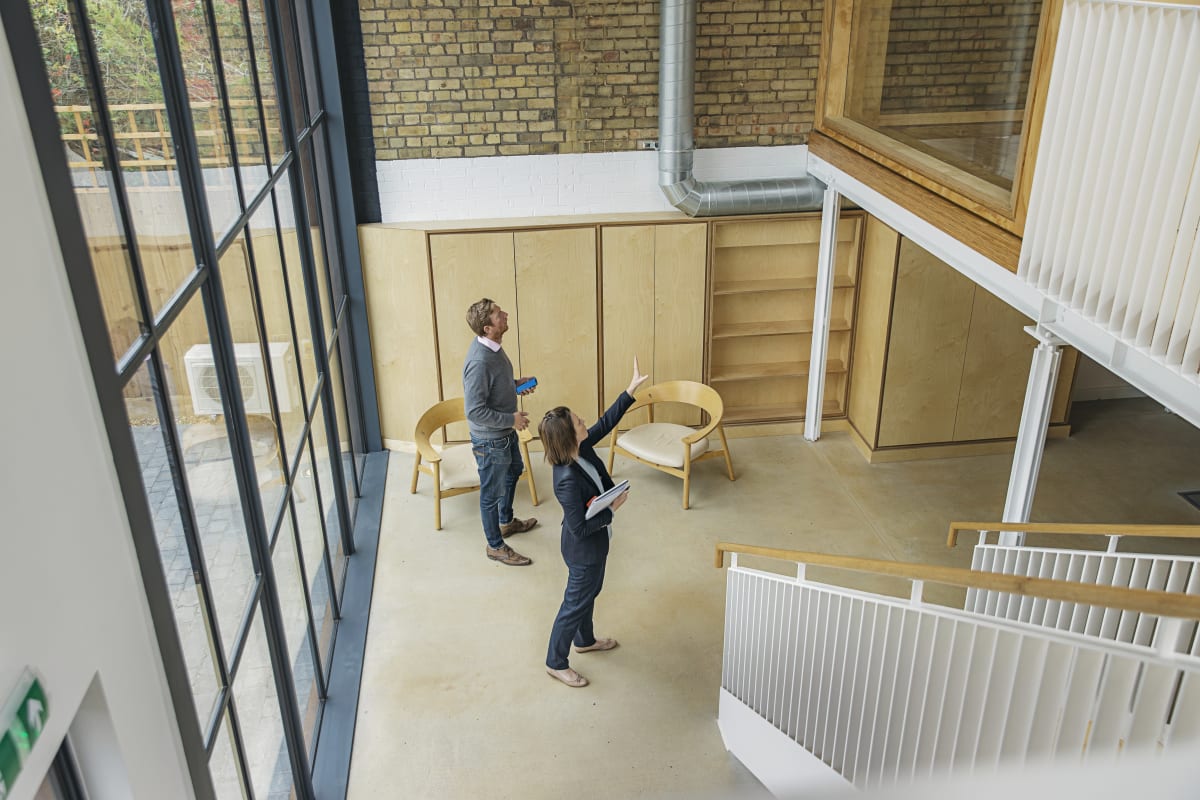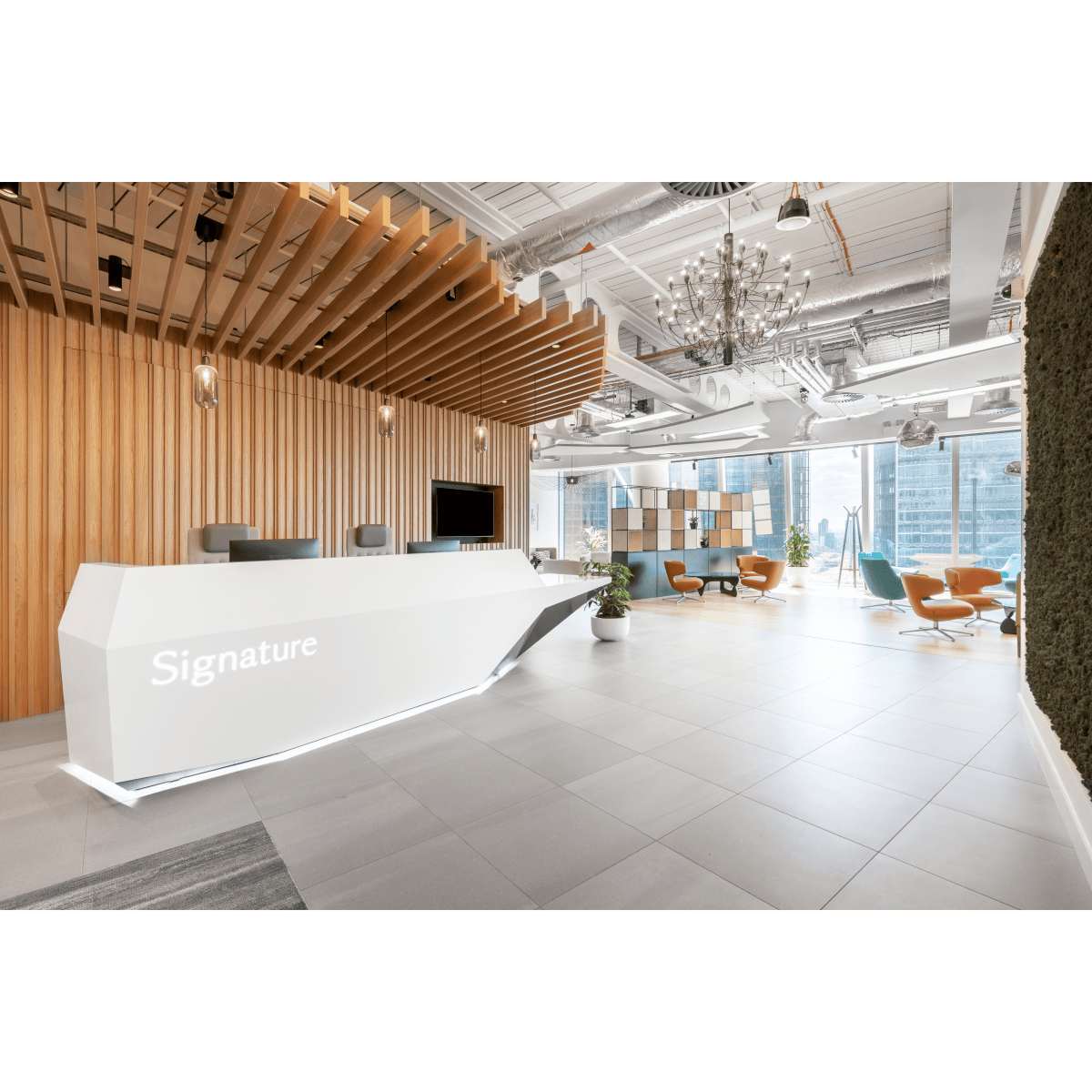Hybrid working trends will fuel the growth of local flexspaces and put an emphasis on the office experience.
A new IWG white paper, The Future of Work: a trends forecast for 2022, takes a close look at developments in workplaces and working practises in the months ahead. Identifying ten key trends that have grown out of the era-defining megatrend of hybrid working, The Future of Work predicts that local flexspaces are set to boom, while central offices are likely to be repurposed for the new world of work.
Cutting costs in the city and revitalising the suburbs
More companies will be downsizing central HQs, as employees are increasingly given the flexibility to work at home and at local office and coworking spaces, says The Future of Work. As well as reduced rent outlay, a smaller CRE footprint will benefit companies by bringing lower utility bills, cleaning fees and office equipment costs (as well as a reduced carbon footprint). According to Global Workplace Analytics, a typical employer can save around US$11,000 every year for every person who works in the hybrid model.
Although the shift to remote working has created serious challenges for landlords, demand for workspace in the suburbs is expected to rise in 2022 and beyond, presenting property owners with a unique opportunity to repurpose existing commercial spaces. In Britain, IWG has seen the highest increase in demand for its flexible workspaces in suburban areas such as Bromsgrove (+153%), Andover (+86%) and Havant (+79%). This is partly down to the fact that companies are increasingly taking advantage of the hub-and-spoke model, providing access to satellite flexspaces, while maintaining a trimmed-down central office.
The result is an ongoing trend for the revitalisation of suburbs and small towns, says the white paper. According to a recent study by IWG and Arup, rural and suburban areas in the UK could receive an injection of £327m in spending a year, thanks to the roll-out of flexible office and coworking spaces for hybrid workers. (It also estimated that more than 4,000 new jobs could be created for people to run them.)
IWG’s Founder and CEO Mark Dixon says: “With hundreds more rural and suburban flexible working locations expected to open in the coming years, we expect a wide range of vibrant local communities to develop with thriving businesses at their heart. Our focus at IWG is on providing local workplaces that people can access close to home, no matter where they live.”
Designing for collaboration and creativity
The central office will continue to have a role in the future, and this will be focused on collective creativity and culture-building.
The Future of Work predicts there will be particular demand for offices that are kitted out as social hubs with bars, wellness spaces, expansive communal tables and residential-style lounges. Spaces will be adapted to enhance creativity, relationship building and face-to-face communication between colleagues, while the hybrid working model will allow workers to use these new facilities in ways that best fit their own lifestyles and working needs.
Cost savings, happier workers and a sustainability bonus
Other trends detailed in The Future of Work include a new focus on employee wellbeing, a realisation of the many sustainability benefits brought by hybrid working and an increasing demand for hyper flexibility from workers. Plus, companies will increasingly be looking for buildings that help them meet their ESG goals. “We’re seeing truly era-defining changes that will have a tremendous positive impact on future generations,” says Dixon.
To read IWG’s white paper on The Future of Work, click here.
Flexible workspace is the fastest-growing sector of the global workplace market. Make the most of this exciting investment opportunity by partnering with IWG today.






